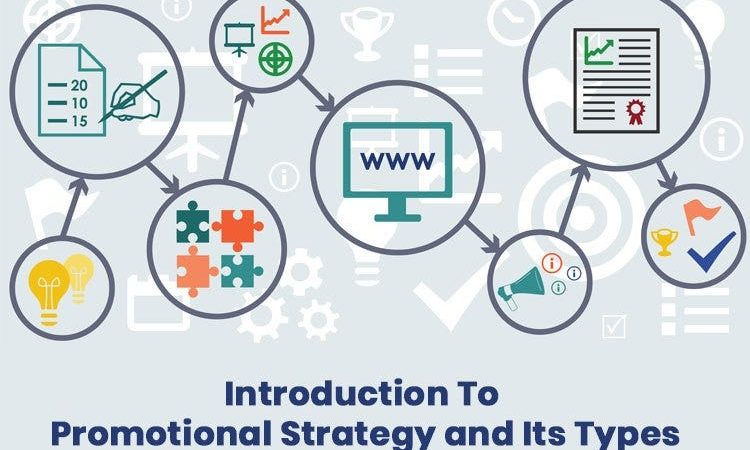The Art and Science of Healthcare Business Planning

In the dynamic landscape of healthcare, where the intersection of patient care, innovation, and financial sustainability converges, effective business planning serves as a compass guiding organizations toward their strategic objectives.
Healthcare business planning encompasses a multifaceted approach to setting goals, allocating resources, and navigating the complexities of regulatory compliance and market dynamics.
This article delves into the intricacies of healthcare business planning, exploring its significance, methodologies, and transformative impact on healthcare organizations worldwide.
The Significance of Healthcare Business Planning
Healthcare is not just an industry; it’s a mission-driven endeavor aimed at improving the well-being of individuals and communities. However, the pursuit of this noble mission requires a solid foundation of strategic planning and business acumen. Healthcare business planning provides the roadmap for achieving organizational goals while balancing financial viability, regulatory compliance, and patient-centric care delivery.
At its core, healthcare business planning enables organizations to:
Define Strategic Direction: By articulating a clear vision, mission, and set of strategic objectives, healthcare business planning aligns organizational efforts and resources toward common goals. Whether expanding service lines, entering new markets, or enhancing quality of care, strategic direction-setting lays the groundwork for success.
Optimize Resource Allocation: Healthcare organizations operate within resource-constrained environments, where judicious allocation of resources is essential for maximizing efficiency and effectiveness. Business planning helps organizations prioritize investments, allocate budgets, and optimize staffing levels to achieve desired outcomes while minimizing waste.
Mitigate Risk: In an industry marked by regulatory complexities, reimbursement uncertainties, and evolving market dynamics, risk management is paramount. Business planning enables organizations to identify, assess, and mitigate risks proactively, ensuring resilience in the face of uncertainty and disruption.
Foster Innovation: Innovation lies at the heart of healthcare transformation, driving improvements in care delivery, patient outcomes, and operational efficiency. Business planning creates a conducive environment for fostering innovation, whether through investments in cutting-edge technology, partnerships with industry stakeholders, or the implementation of novel care delivery models.
Enhance Stakeholder Engagement: Effective business planning involves engaging stakeholders across the healthcare ecosystem, including patients, providers, payers, regulators, and community organizations. By soliciting input, building consensus, and fostering collaboration, organizations can leverage the collective wisdom and resources of diverse stakeholders to achieve shared goals.
Key Components of Healthcare Business Planning
Healthcare business planning encompasses a range of components, each essential for shaping organizational strategy and operational execution. Some key components include:
Market Analysis: Understanding market dynamics, consumer preferences, and competitive landscapes is essential for strategic decision-making. Market analysis involves assessing demographic trends, market demand, competitor positioning, and regulatory environments to identify growth opportunities and inform market entry strategies.
Financial Projections: Financial projections form the backbone of healthcare business planning, providing insights into revenue potential, cost structures, and profitability targets. By forecasting revenues, expenses, and cash flows over time, organizations can evaluate the financial viability of strategic initiatives and make informed investment decisions.
Operational Planning: Operational planning involves translating strategic objectives into actionable plans and initiatives. This may include optimizing clinical workflows, streamlining administrative processes, and enhancing resource utilization to improve operational efficiency and productivity.
Regulatory Compliance: Compliance with regulatory requirements is a fundamental aspect of healthcare business planning, given the stringent regulations governing healthcare delivery. Organizations must stay abreast of evolving regulatory landscapes, ensure adherence to quality standards, and mitigate compliance-related risks to avoid penalties and reputational harm.
Quality Improvement: Delivering high-quality care is a central tenet of healthcare business planning. Organizations must continually monitor and improve clinical outcomes, patient safety, and patient satisfaction metrics to enhance quality of care and maintain competitiveness in the marketplace.
Methodologies and Approaches
Healthcare business planning involves a variety of methodologies and approaches tailored to the unique needs and circumstances of each organization. Some common methodologies include:
SWOT Analysis: SWOT analysis involves assessing an organization’s strengths, weaknesses, opportunities, and threats to inform strategic decision-making. By identifying internal capabilities and external market factors, organizations can capitalize on strengths, address weaknesses, seize opportunities, and mitigate threats effectively.
Scenario Planning: Scenario planning involves developing multiple plausible future scenarios and assessing their potential impact on organizational goals and strategies. By exploring alternative futures and considering a range of possibilities, organizations can better prepare for uncertainty and adapt their strategies accordingly.
Benchmarking: Benchmarking involves comparing organizational performance against industry peers and best-in-class organizations to identify performance gaps and opportunities for improvement. By benchmarking key performance indicators (KPIs) such as patient outcomes, operational efficiency, and financial performance, organizations can set realistic targets and track progress over time.
Stakeholder Engagement: Engaging stakeholders in the business planning process is essential for building consensus, fostering alignment, and garnering support for strategic initiatives. Stakeholder engagement may involve conducting focus groups, surveys, interviews, and collaborative workshops to solicit input, gather feedback, and co-create solutions.
Continuous Improvement: Healthcare business planning is an iterative process that requires ongoing monitoring, evaluation, and course correction. By embracing a culture of continuous improvement, organizations can adapt to changing market conditions, capitalize on emerging opportunities, and address evolving challenges effectively.
Transformative Impact
The impact of healthcare business planning extends far beyond the confines of organizational strategy; it encompasses broader systemic improvements in healthcare delivery and outcomes. Some of the transformative impacts include:
Improved Patient Outcomes: By aligning strategic objectives with quality improvement initiatives, healthcare business planning contributes to improved clinical outcomes, patient safety, and patient satisfaction metrics. Streamlined workflows, evidence-based practices, and patient-centered care delivery models enhance the overall patient experience and drive better health outcomes.
Financial Sustainability: Healthcare business planning helps organizations achieve financial sustainability by optimizing revenue streams, reducing costs, and improving operational efficiency. By aligning financial goals with strategic objectives and budgetary constraints, organizations can achieve long-term financial viability while maintaining a focus on quality of care.
Enhanced Operational Efficiency: Business planning drives operational excellence by optimizing resource allocation, streamlining processes, and enhancing productivity across clinical and administrative functions. By eliminating waste, reducing inefficiencies, and leveraging technology-enabled solutions, organizations can achieve greater operational efficiency and agility.
Strategic Growth and Innovation: Business planning enables organizations to identify growth opportunities, enter new markets, and diversify service lines while maintaining a focus on quality and patient safety. By fostering a culture of innovation and strategic risk-taking, organizations can differentiate themselves in the marketplace and drive sustainable growth over time.
Community Impact: Healthcare organizations play a vital role in the communities they serve, contributing to population health, economic development, and social well-being. Business planning helps organizations align their strategic objectives with community needs, priorities, and aspirations, fostering collaboration and partnership with local stakeholders to address social determinants of health and promote health equity.
Conclusion
In an era of unprecedented change and complexity, the importance of healthcare business planning cannot be overstated.
By providing a framework for strategic decision-making, resource allocation, and performance improvement, business planning empowers healthcare organizations to navigate uncertainties, capitalize on opportunities, and achieve their mission of delivering high-quality, patient-centered care.
As healthcare continues to evolve, the role of business planning will only grow in significance, shaping the future of healthcare delivery and driving meaningful improvements in patient outcomes and organizational performance.





